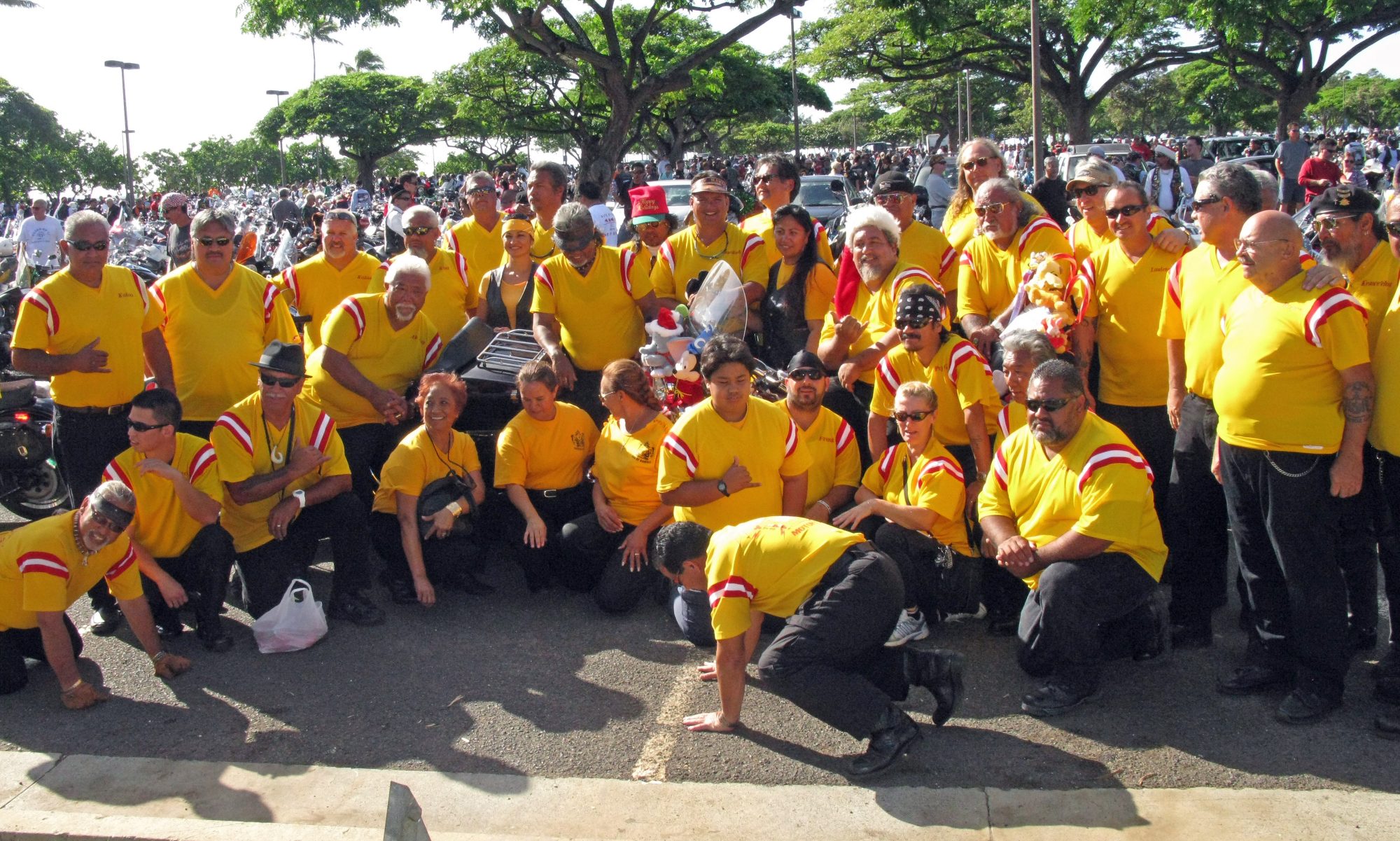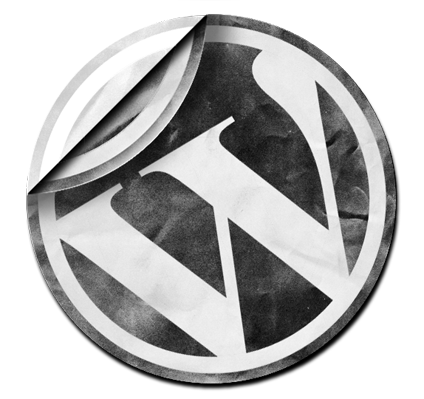 In WordPress, you can write either posts or Pages. When you’re writing a regular blog entry, you write a post. Posts, in a default setup, appear in reverse chronological order on your blog’s home page. Pages are for content such as “About,” “Contact,” etc. Pages live outside of the normal blog chronology, and are often used to present timeless information about yourself or your site — information that is always applicable. You can use Pages to organize and manage any content.
In WordPress, you can write either posts or Pages. When you’re writing a regular blog entry, you write a post. Posts, in a default setup, appear in reverse chronological order on your blog’s home page. Pages are for content such as “About,” “Contact,” etc. Pages live outside of the normal blog chronology, and are often used to present timeless information about yourself or your site — information that is always applicable. You can use Pages to organize and manage any content.
In addition to the generally required “About” and “Contact” Pages, other examples of common pages include Copyright, Disclosure, Legal Information, Reprint Permissions, Company Information, and Accessibility Statement.
In general, Pages are very similar to Posts in that they both have Titles and Content and can use your WordPress Theme templates files to maintain a consistent look throughout your site. Pages, though, have several key distinctions that make them quite different from Posts.
What Pages Are:
- Pages are for content that is less time-dependent than Posts.
- Pages can be organized into pages and subpages.
- Pages can use different Page Templates which can include Template Files, Template Tags and other PHP code.
- Pages may have a more complex array of readily available display adjustments when using sophisticated Themes with extensive customization.
- In essence, Pages are for non-blog content. It is possible to remove all or most Posts from a WordPress installation, and thus to create a standard non-blog website.
What Pages are Not:
- Pages are not Posts, nor are they excerpted from larger works of fiction. They do not cycle through your blog’s main page. WordPress Plugins are available to change the defaults if necessary.
- Pages cannot be associated with Categories and cannot be assigned Tags. The organizational structure for Pages comes only from their hierarchical interrelationships, and not from Tags or Categories.
- Pages are not files. They are stored in your database just like Posts are.
- Although you can put Template Tags and PHP code into a Page Template file, you cannot put these into the Page or Post content without a WordPress Plugin like Exec-PHP which overwrites the code filtering process.
- Pages are not included in your site’s feed.
- Pages and Posts may attract attention in different ways from humans or search engines.
- Pages (or a specific post) can be set as a static front page if desired with a separate Page set for the latest blog posts, typically named “blog.”
Creating a Page
To create a new Page, log in to your WordPress installation with sufficient admin privileges to create new articles. Select the Administration > Pages > Add New option to begin writing a new Page.
Organizing Your Pages
Just as you can have subcategories within your Categories, you can also have subpages within your Pages, creating a hierarchy of pages.
For example, a WordPress site for a travel agent may feature an individual Page for each continent and country to which the agency can make travel arrangements. Under the Page titled “Africa” would be subpages for Lesotho, Cameroon, Togo, and Swaziland. Another parent Page “South America” would feature subpages of Brazil, Argentina, and Chile. Your site would list:
- Africa
- Cameroon
- Lesotho
- Swaziland
- Togo
- South America
- Argentina
- Brazil
- Chile
To create a subpage
- Go to Administration > Pages > Add New panel.
- In the right menu, click the “Page Parent” drop-down menu. The drop-down menu contains a list of all the Pages already created for your site.
- Select the appropriate parent Page from the drop-down menu to make the current Page a child Page.
- Add content to the subpage.
- Click Publish when ready.
The Dynamic Nature of WordPress Pages
A web page can be static or dynamic. Static pages, such as a regular HTML page or a PDF file, are those which have been created once and do not have to be regenerated every time a person visits the page. In contrast, dynamic pages, such as those you create with WordPress, do need to be regenerated every time they are viewed; code for what to generate on the page has been specified by the author, but not the actual page itself. These use extensive PHP code which is evaluated each time the page is visited, and the content is thus generated upon each new visit.
Almost everything in WordPress is generated dynamically, including Pages. Everything published in WordPress (Posts, Pages, Comments, Blogrolls, Categories, etc…) is stored in the MySQL database. When the site is accessed, the database information is used by your WordPress Templates from your current Theme to generate the web page being requested.
An example of a static page might be an HTML or PDF document. The problem with purely static pages is that they are difficult to maintain. Changes you make to your WordPress settings, Themes and Templates will not be propagated to pages coded only in HTML. The Page feature of WordPress was developed to alleviate this problem. By using Pages, you no longer have to update your static pages every time you change the style of your site. If written properly, your dynamic Pages will update along with the rest of your blog.
From the WordPress Codex.

